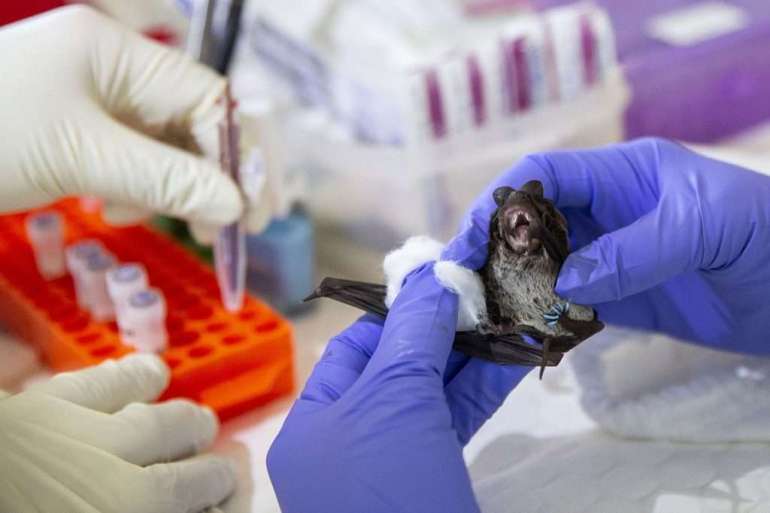WHO report says animals likely source of Covid

The AP received a copy on Monday from a Geneva-based diplomat from a WHO-member country. It wasn’t clear whether the report might still be changed prior to release, though the diplomat said it was the final version. A second diplomat confirmed getting the report too. Both refused to be identified because they were not authorized to release it ahead of publication.
The WHO did not immediately respond to emails and phone calls seeking comment.
The researchers listed four scenarios in order of likelihood for the emergence of the coronavirus named SARS-CoV-2. Topping the list was transmission from bats through another animal, which they said was likely to very likely. They evaluated direct spread from bats to humans as likely, and said that spread through “cold-chain” food products was possible but not likely.
Bats are known to carry coronaviruses and, in fact, the closest relative of the virus that causes Covid-19 has been found in bats. However, the report says that “the evolutionary distance between these bat viruses and SARS-CoV-2 is estimated to be several decades, suggesting a missing link.”
It said highly similar viruses have been found in pangolins, which are another kind of mammal, but also noted that mink and cats are susceptible to the Covid-19 virus, suggesting they could be carriers, too.
The report is based largely on a visit by a WHO team of international experts to Wuhan, the Chinese city where Covid-19 was first detected, from mid-January to mid-February.
Peter Ben Embarek, the WHO expert who led the Wuhan mission, said Friday that the report had been finalized and was being fact-checked and translated.
“I expect that in the next few days, that whole process will be completed and we will be able to release it publicly,” he said.
The draft report is inconclusive on whether the outbreak started at a Wuhan seafood market that had one of the earliest clusters of cases in December 2019.
The discovery of other cases before the Huanan market outbreak suggests it may have started elsewhere. But the report notes there could have been milder cases that went undetected and that could be a link between the market and earlier cases.
“No firm conclusion therefore about the role of the Huanan market in the origin of the outbreak, or how the infection was introduced into the market, can currently be drawn,” the report said.
The market was an early suspect because some stalls sold a range of animals — and some wondered if they had brought the new virus to Wuhan. The report noted that a range of animal products — including everything from bamboo rats to deer, often frozen — were sold at the market, as were live crocodiles.
As the pandemic spread globally, China found samples of the virus on the packaging of frozen food coming into the country and, in some cases, have tracked localized outbreaks to them.